Energy-Efficient Landscaping
Heating, cooling and fuel costs three phrases we have been hearing a lot lately, phrases that have brought many people to the point of panic. Manufacturers are scrambling to find less-expensive fuels, cost-efficient coolants and hybrid machines to help the everyday person survive these cost increases. Some simple, smaller-scale things can also be done to make a major impact on your customers’ homes by helping with their heating and cooling costs.
You can introduce your customers to the concept of energy-efficient landscaping. People don’t realize something as simple as tree placement can make a huge difference in how cold or hot a home can be. Be aware: Some tricks that make the winter warmer can also make the summer warmer; this is where you come in. Knowing which tricks are best in your climate and surveying what is most important to each customer will help position you as the guru of energy-efficient landscaping.
Keeping It Cool
There is nothing like walking outside on a hot summer day and feeling a wave of heat slam into your body. It is just as painful to get the electric bill every month and watch the dollar signs get bigger and bigger as the temperatures outside rise higher and higher. Thankfully, there are things you can teach your customers that will help them keep their homes cooler while adding sales to the register.
Trees. According to the U.S. Department of Energy, “Carefully positioned trees can save up to 25 percent of a typical household’s energy [usage] for heating and cooling.” The most obvious thing you can start off with is teaching your customers to buy some shade trees. Just adding a little bit of shade to a yard can make a huge difference in how cool an area can be. Studies done by the Lawrence Berkeley National Laboratory found that in the summer daytime temperatures can be about 3-6° F cooler in tree-shaded neighborhoods than in areas without trees.
Also, let customers know they can plant those shade trees in front of high-light windows. This can help tremendously with the heat direct sunlight brings into a home. However, in colder climates, make sure to recommend deciduous trees so the trees can shed their leaves in the winter when the sunlight is wanted to generate heat.
Another good way to help cool a home is to create a wind tunnel effect. Planting a line of trees parallel to a wall of the house or planting two parallel lines of trees can help create a kind of wind tunnel effect, creating a cool breeze in the yard and over the house.
Grass. According to the Mississippi State University Extension Service (MSU) “On a block of eight houses, the front lawns have the cooling effect of 70 tons of air conditioning.” Basically, the grass is transpiring water to cool itself, which in turn cools the area around it. MSU also stated Á that if the temperature of a sidewalk is greater than 100° F, the grass can be about 25° F cooler. Just convincing your customers to keep their grass healthy and watered can help them stay cool in the summer.
Landscaping Materials. To help with shading there are some products you can offer that might be a little more decorative than a tree. Offer a pergola or some type of open shade structure that the breeze can move through. You can also introduce the possibilities of vines; customers can put vines on the structure to increase the shade factor.
Of course, you cannot talk about keeping the landscape cool without mentioning what to pave the driveways, walkways and patios with. The darker the materials, the warmer it gets because dark colors absorb more heat. While this may not be desirable in the summer, it could be very attractive in the winter, as the darker materials will help heat a cold driveway or patio. This is one of the situations when you and your customers have to decide which effect is more important to them.
One way to bring back the water gardening trend is to let people know that having a fountain, pond or waterfall also creates cooler temperatures. Bodies of water, large or small, can create a cool breeze for the area surrounding the water. The only thing to watch out for is that water can increase humidity and produce glare, so try to keep it out of direct sunlight.
Warming It Up
With fuel costs rising and a harsh winter so far, we all need to do something to lower the heating bill in the winter. The same kinds of products used to lower temperatures in the summer can have the opposite effect in the winter, if selected properly.
Trees. Again with the trees, but they are major players in the temperature war. Convince customers to plant some evergreens around their homes to help block the wind in the winter, while adding shade in the summer. As a matter of fact, the U.S. Department of Energy suggests placing evergreens and shrubs on the north and west sides of a home to deflect winter winds.
In addition to creating a wind tunnel, planting trees parallel to a home is also a good way to insulate that side of the house, helping keep the heat in and the cold out. Make sure you advise customers planting trees near their homes to choose deciduous ones so when the leaves fall off in the fall some sunlight will come through the windows and help warm the home.
Landscaping Materials. Keep in mind, when customers come in asking for a way to keep the landscape warm in the winter, one of the best things to tell them is to get dark paving materials. The sun will be absorbed causing the pavers to heat up better, meaning snow and ice will melt faster. However, the flip side of that (also mentioned above) is that it makes the landscape pavers warmer in the summer.
As far as windbreakers go, trees are not the only things that can help in that department. Building a fence around the property can make a huge difference if it is tall enough and has some small openings between the links (so the air is not forced over the fence in huge waves). It can mean the difference of either keeping the kids cooped up inside all day because it is too cold and windy or sending them out to play. It can also protect some of your customers’ more-sensitive plants by keeping the wind damage down but still maintaining good airflow.
Teach Them
One of the most important things to remember about all of the ideas presented above is that yes, utilizing some of these heating and cooling methods should help cut costs when the next electric bill comes. However, make sure your customers know it is not a reason to turn off the heat or air conditioning. Sit down with them, work with them and learn about their homes. Make sure they understand the importance of the suggestions you are making about tree placement or how big the pond or pergola should be.
How many times have you had people come into your store and say, “you told me to plant this here and it didn’t work”? Hopefully not many, but probably more times than you’d like to admit. Prevent this from happening again; ask your customers questions, and learn about them and their landscaping needs. You can then better teach them how landscaping will help in certain times of the year or in certain climates.
A small reference guide customers can take home to answer the majority of their questions may help as well. Making them understand will take a lot of time off of your hands not having to explain every new question they come to you with but it will also give them a sense of accomplishment of getting the job done themselves, while saving a few bucks on the electric bills.


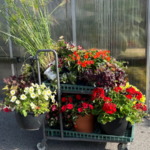

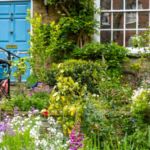

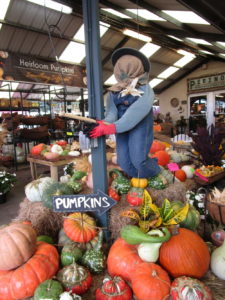
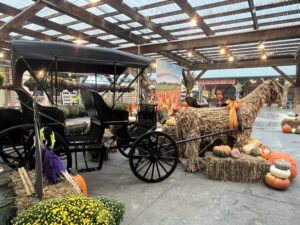
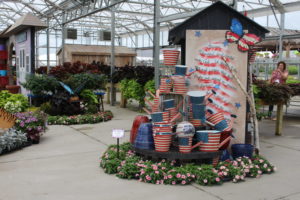
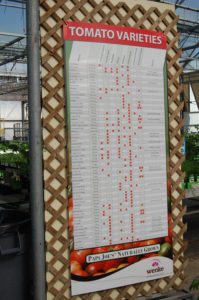

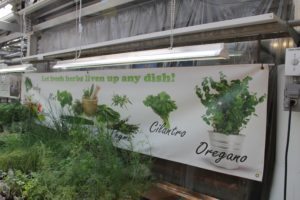
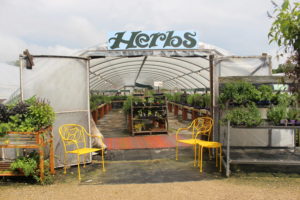
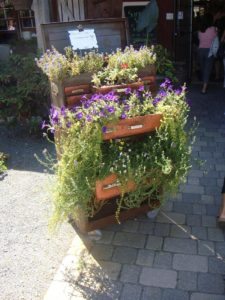
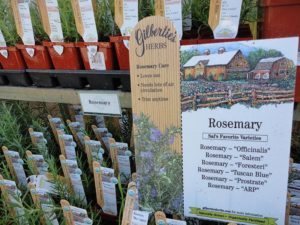
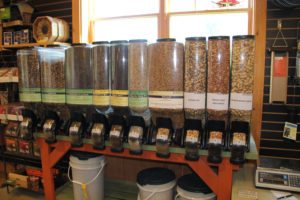
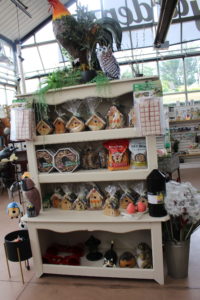

 Videos
Videos





